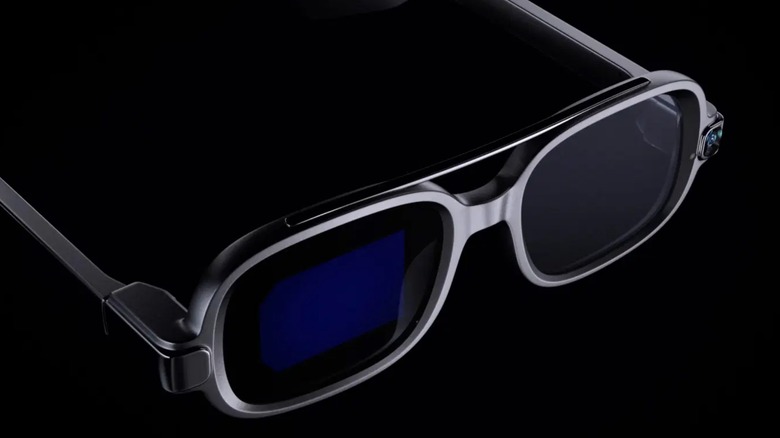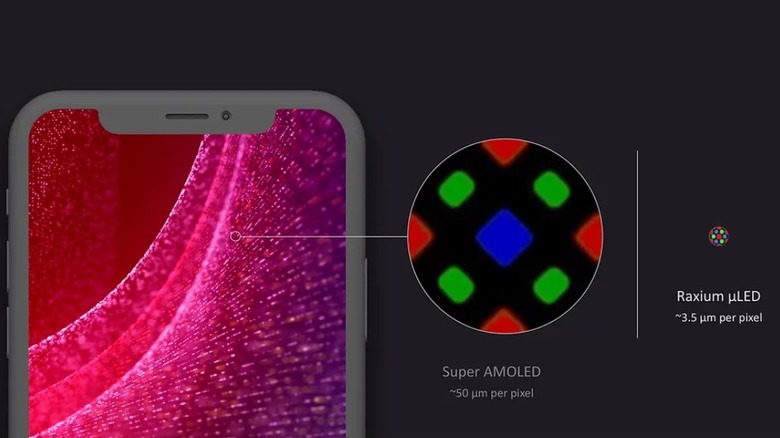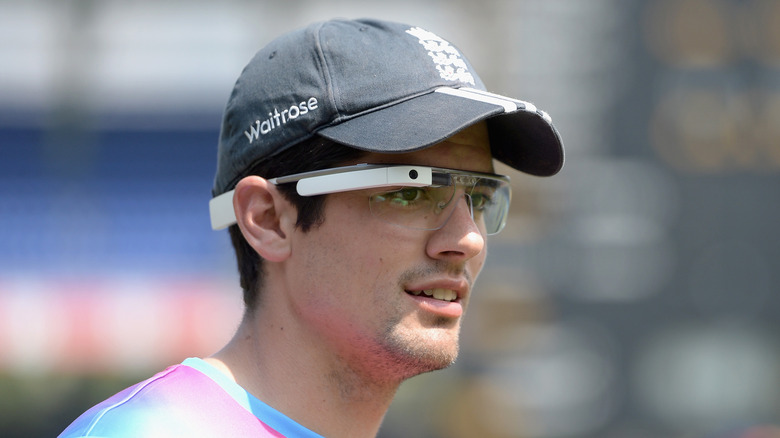Google May Have Found The Tech To Take AR Smart Glasses Mainstream
Google has acquired Raxium, a Californian-based start-up that is developing microLED display technology for use in augmented reality (AR) and virtual reality (VR) headset displays. The purchase was uncovered by The Information and has not been publicly announced, though estimates place the total cost of the deal at around $1 billion. As far as acquisitions go for Google, that's not especially large; however, it could play a significant role in the company's plans around AR and VR devices that it is said to have in the pipeline.
A number of companies – including Meta, Apple, and Xiaomi - are known to be investing in the technology, all developing AR wearables that some consider to be the 'next big thing'. Samsung is also investing heavily in microLED technology, and launched the world's first microLED TV in late 2020. Although there hasn't been much in the way of leaks regarding a possible Samsung microLED-based headset, it seems likely that it, too, is working on something in this space as well.
MicroLED display tech
MicroLED displays have been touted as the next breakthrough in display technology. They are not, however, to be confused with miniLED displays, which marry a conventional LED backlight approach with an LCD panel (albeit with more finite lighting control). Instead, microLED displays are more akin to OLED display,s as the pixels are self-illuminated. This helps provide truer blacks, and thus delivers much better contrast, in addition to far better brightness than traditional OLED panels.
They also really put the 'micro' in microLED. Raxium's microLED pixels are up to 300x smaller than those in an OLED panel and up to 1000x brighter. This makes them especially well suited to AR and VR headsets, as the OLED and LCD-based panels used in them to date have suffered from a lack of brightness, clarity and color. While the technology is now proven, the main obstacle is the cost of producing microLED displays. Even small microLED panels used in an AR of VR headset will be substantially more expensive than a similar OLED panel, but in the context of a wearable (versus the $80,000 plus price of a large 110-inch Samsung microLED TV), the impact on the overall cost of headset should be manageable.
If at first you don't succeed, try, try, and try again
Google has famously tried and failed with AR headsets in the past. Its Google Glass project, while still supplying headset to commercial customers, wasn't considered suitable for a full commercial launch. It also experimented with the Google Cardboard VR project which then morphed the Google Daydream initiative, both of which were short lived. However, in mid-2020, Google acquired smart glasses maker North who had been developing AR-style glasses that look like traditional glasses, unlike the Google Glass headset.
It is conceivable that the Raxium acquisition could see its microLED technology integrated into North's smart glass designs, which would arguable make it much more readily acceptable to wear in public than the Google Glass headset. People who wore them in public when Google was testing the technology were notoriously labeled "Glassholes” for they way they stood out in a crowd. If AR wearables like these are to take off, there seems little question that people will in the first instance need to feel comfortable wearing them in day to day life. The next challenge, however, will be to make the technology useful, easy to use, and work without causing undue eye fatigue or discomfort – and all at a price that the mass market could accept.


